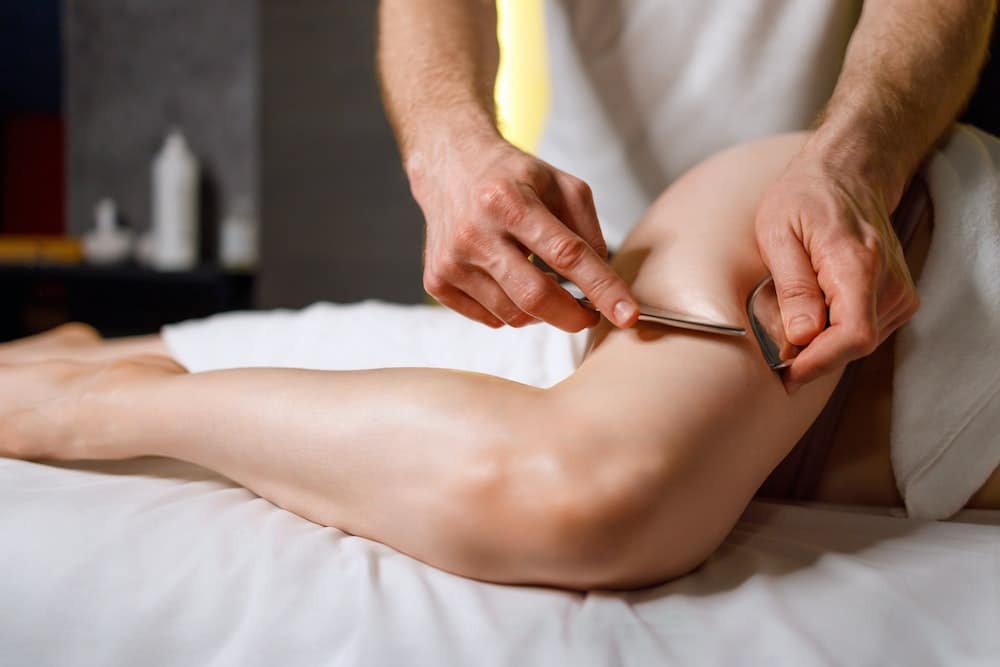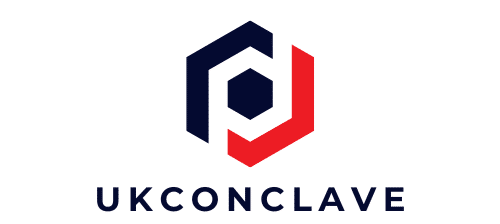What’s the Impact of Myofascial Release on Athletic Performance and Mobility?

The human body is an amazing machine, but even machines need regular maintenance to perform at their best. For athletes, part of this maintenance comes in the form of myofascial release, an increasingly popular form of therapy that targets specific pain and mobility issues. In this article, we delve into the world of myofascial release to understand how it impacts athletic performance and mobility. We’ll explore the science behind this therapy, examine its effects, and discuss its practical applications in sports and recovery.
The Science Behind Myofascial Release
Before we can delve into the effects of myofascial release, it’s important to understand the science behind this therapy. Essentially, myofascial release is a manual therapy that targets the body’s myofascial system, which is composed of the muscles (myo) and the connective tissue that surrounds them (fascia).
En parallèle : How Can Neuromuscular Training Be Tailored for Female Soccer Players to Prevent ACL Injuries?
These tissues can become restricted due to overuse, trauma, or inactivity, leading to pain and mobility issues. Myofascial release, often performed with a foam roller in a method known as Self-Myofascial Release (SMR), is designed to break up these restrictions and restore flexibility and mobility.
Various studies on Google Scholar have demonstrated the efficacy of this therapy. One study found that SMR can significantly reduce muscle stiffness and improve the range of motion, while another study noted a significant decrease in muscle soreness after high-intensity exercise.
Sujet a lire : How to Use Biofeedback for Real-Time Technique Adjustment in Competitive Rowers?
How Myofascial Release Enhances Athletic Performance
Now, let’s dive deeper into the impact of myofascial release on athletic performance. This is where the rubber meets the road in terms of practical application.
A group study on SMR showed that participants who practiced foam rolling experienced improved muscle performance, including increased power and speed. This is crucial for athletes, as superior performance can often mean the difference between victory and defeat.
Furthermore, myofascial release is not just about short-term gains. Improvements in mobility and flexibility can help athletes maintain their peak performance for longer periods, reducing the risk of injuries and prolonging their careers.
Myofascial Release and Pain Management
Aside from enhancing athletic performance, myofascial release is also effective in managing pain. Whether you’re an athlete or a non-athlete, chronic pain can be debilitating, affecting every aspect of life – from your work to your leisure activities.
A study found that myofascial release can significantly reduce pain intensity and improve the quality of life in people with chronic musculoskeletal pain. The study concluded that this therapy, when used in conjunction with other treatments, can help manage pain and improve overall health and wellbeing.
The same principle applies to athletes dealing with sports-related injuries. Many athletes use myofascial release as part of their recovery process, aiding in the reduction of muscle soreness and promoting faster recovery times.
The Role of Foam Rolling in Myofascial Release
No discussion of myofascial release would be complete without mentioning foam rolling. This self-administered form of myofascial release has taken the fitness world by storm, and for good reason. Foam rolling allows you to take control of your own therapy, pinpointing and addressing your unique pain points and mobility issues.
Some athletes use foam rolling before workouts to improve flexibility and reduce the risk of injury. Others use it after training as a recovery tool, helping to alleviate muscle soreness and promote faster recovery.
Studies have shown that foam rolling can have a variety of benefits. One study found that it increased range of motion without decreasing muscle performance, while another found that it reduced muscle soreness after exercise.
Myofascial Release: A Tool for Every Athlete
In conclusion, it’s clear that myofascial release has tangible benefits for athletic performance and mobility. Whether you’re a professional athlete or a weekend warrior, this therapy can help you reach new levels of performance and keep your body in optimal condition.
Myofascial release isn’t just for athletes. It can also be used by anyone seeking to improve their mobility, manage their pain, or simply feel better in their own body. With the growing body of research supporting its effectiveness, it’s no wonder that more and more people are incorporating myofascial release into their health and wellness routines.
Remember, the body is a machine, and myofascial release is one of the most effective tools we have for maintaining it. So whether you’re looking to shatter your personal best or simply live a healthier, pain-free life, myofascial release could be the secret weapon you’re looking for.
The Efficacy of Myofascial Release Techniques
To gain a comprehensive understanding of myofascial release and its impact on athletic performance, we must delve into the specific techniques and their effectiveness. Myofascial release techniques are varied and range from the use of hands, elbows, and tools like foam rollers and balls to apply sustained pressure to the myofascial tissue.
Trigger points, or knots in the muscle which cause localized or referred pain, are a key focus of these techniques. By applying sustained pressure to these points, therapists can help alleviate the associated pain and restore muscle function.
Moreover, an examination of available literature on Google Scholar shows a multitude of studies supporting the positive effects of SMR on physical performance. A control group study in the International Journal of Sports Physical Therapy found that after six weeks of applying myofascial release techniques, participants showed notable improvements in the sit-and-reach test – a common measure of flexibility.
Likewise, another research found that athletes who incorporated myofascial release therapy in their routine demonstrated improved jumping and sprinting performance. The athletes also reported a decrease in muscle soreness and faster recovery after intense training sessions.
These studies unequivocally highlight the positive effects of myofascial release techniques on athletic performance. By reducing muscle stiffness and soreness, these techniques may significantly improve an athlete’s range of motion and overall physical performance.
Foam Rolling: A Key Player in Myofascial Release
Foam rolling, a popular form of self-myofascial release (SMR), deserves a special mention in our exploration of myofascial release. Foam rolling allows athletes to take control of their recovery and maintenance by targeting specific muscles and trigger points. Despite its simplicity, foam rolling has been proven to be a powerful tool for enhancing athletic performance and mobility.
A study published in the International Journal of Sports Physical Therapy found that athletes who used a foam roller before their exercises were able to improve their range of motion without any loss in muscle performance. Moreover, another research found that foam rolling after an intense workout could significantly reduce muscle soreness and accelerate the recovery process.
Foam rolling is a versatile tool that can be used both pre- and post-workout. Prior to exercise, it can improve flexibility and potentially reduce the risk of injury. After exercise, it can aid in recovery by decreasing muscle soreness and promoting faster recovery.
In Conclusion: Myofascial Release as an Essential Part of Athletes’ Toolkit
To conclude, the scientifically-backed benefits of myofascial release, including improved athletic performance and increased range of motion, render it an essential part of any athlete’s toolkit. This therapy has the potential to both elevate and elongate an athlete’s career by enhancing performance and promoting longevity.
Moreover, myofascial release isn’t only for athletes. Anyone suffering from chronic pain or mobility issues can potentially benefit from this therapy. As our understanding of the human body and its intricate myofascial system continues to expand, myofascial release will undoubtedly play a progressively pivotal role in sports medicine and rehabilitation.
Finally, let’s remember that myofascial release, whether administered by a skilled therapist or self-administered through tools like a foam roller, is a powerful means of maintenance for our body – the most amazing machine we possess. Whether you’re striving to break athletic records or simply want to live a healthier, pain-free life, myofascial release might just be the secret weapon you seek.
